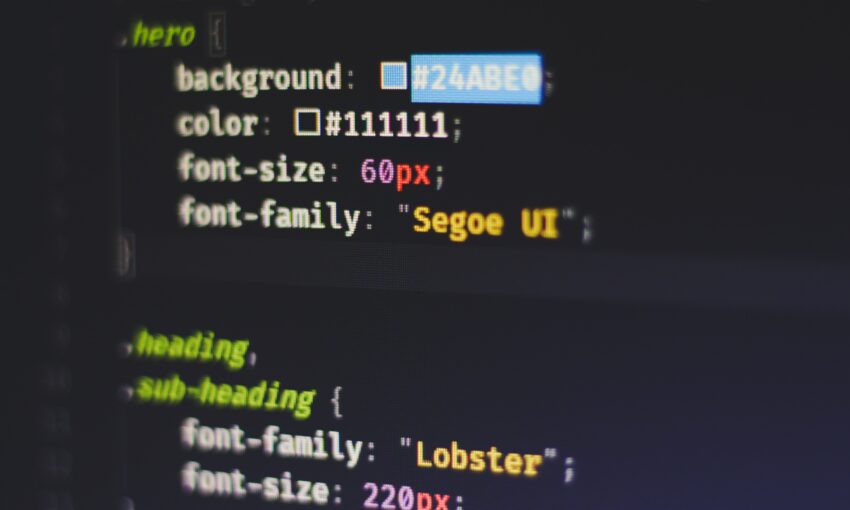In today’s world, technology has become part of our everyday life. Web developers are constantly coming up with new designs and frameworks to make websites more user-friendly. A CSS framework is a collection of web designs using the Cascading Style Sheets (CSS) language that are prepped and ready to use. They are mostly used by User Interface (UI) developers to make their job easier.
The benefit of a CSS framework is that it helps you create a number of eye-catching layouts without having to start from scratch. You can tweak it here and there depending on your desired outcome. This saves time because you can use one layout for a number of projects and can be very helpful if you’re working in teams.
Your Web Designer Toolbox
Unlimited Downloads: 500,000+ Web Templates, Icon Sets, Themes & Design Assets
Starting at only $16.50/month!
Benefits of Using A CSS Framework
- With a framework, you get to get your feet wet on how CSS works without having to start from scratch.
- By using a good framework, you can significantly increase your productivity and improve your workflow.
- Some CSS frameworks have pre-built grids that save you a lot of time. The grids help you build coherence in your work.
- The frameworks help build cross-browser compatible websites that help you work seamlessly across browsers.
Top CSS Frameworks to Consider in 2021 and Beyond
Here are our top picks that will help you narrow down the type of CSS framework to use.
1. For Simple Needs, Use Class-less
If you need style for a plain HTML, then classless is the way to go. Classless frameworks work best for code examples, demos and minimalist sites. This type of CSS uses semantic HTML.
Most classless frameworks are smaller than 10 kb. It can be as simple as a single CSS file, but most use tools such as SaaS that output CSS as part of a build process. One advantage of the more complex tool chain is the ability to “theme” the final output.
Some examples of classless frameworks include sakura, watercss, holiday.css, bamboo css, attricss, and basic.css.
2. To Build on Mobile, Opt for Very Lightweight
These are basically frameworks that are smaller than 5kb. They are made with mobile devices in mind. If you’re looking for a simple yet effective framework, then this is probably your best pick. It offers the basic components needed to create a responsive website.
Unlike other frameworks they are designed to be minimal and encourage you to write your own application. Its minimalistic feature provides for a fast and clean starting point.
Examples of very lightweight CSS include pure, chota, and milligram.
3. For an Open-and-Go Solution, Use General Purpose
General purpose CSS are front-end open source frameworks that are ready to use. They make it easy to design responsive websites, apps and emails that look great on almost all devices.
Examples of general purpose CSS include bootstrap, primer, foundation, and base.
4. For Niche Needs, Opt for Specialized
An example of a specialized CSS is bojler, which is used for developing lightweight and responsive email templates. It’s no secret that developing email templates is a pain.
Some features of bojler are that it’s built with Saas, you can reset styles, default boilerplate template is included, and it’s responsive.
5. Looking to Skip Javascript? Material Design is the Way to Go
Material design CSS frameworks don’t rely on Javascript and can be used across devices. Pages developed with this framework are attractive, functional and consistent.
Its library includes newer versions of UI controls such as check boxes, text fields, column layouts ,and typography. MD is can be used across browsers by anyone who wants to create more portable and usable web pages.
Material design CSS comprises two frameworks material components web and MUI.
6. For Greater Attention to Detail Utility-Based Frameworks Are Best
If you’re looking for a CSS framework that allows you to customize elements one at a time, then a utility-based framework should be your top pick. It uses preset classes to set margins, font sizes, colors, etc. on each individual item. Each of the elements can be slightly altered without writing any additional styles.
Some examples of utility-based frameworks include tachyons and tailwind CSS.
7. For Web App Development and Mobile-First, Look to Base/Reset/Normalize
Base is a relatively simple but strong responsive css framework. It’s built with a relatively lightweight and minimal code. The framework is designed to essentially provide web developers and web designers an easier way to set up applications, cross-browser and mobile-first websites.
This very useful framework provides a very strong foundation for generating quality designs in no time.
Some great examples of base css frameworks include sanitize.css, ress, minireset.css, normalize.css, modern normalize, and natural selection.
8. For More Flexibility, Toolkits Work Well
A toolkit is a framework that provides a number of UI components and utility classes for the modern web.
An example of a toolkit CSS is Bourbon. Bourbon aims for clarity, is pure Sass and lacks visual opinion.
9. Honorable Mentions Are Those with Stalled Development
These are frameworks that have not been altered/improved for more than a year.
Some examples of stalled development frameworks include flexbox grid, semantic UI, materialize, neat, wing, and propeller.
Conclusion
If you’re on the hunt for a good CSS framework, then be sure to do your research in order to find one that’s right for you. Frameworks vary from standard to complex and for a beginner, it might be a bit confusing. However, from the list compiled above, we’re sure that you’ll find one that works for you.
This post may contain affiliate links. See our disclosure about affiliate links here.




